In the vast landscape of martial arts, few disciplines carry the cultural weight and technical sophistication of Russian Sambo. Born in the early 20th century, this combat system emerged from the crucible of Soviet military necessity and the rich tapestry of Eurasian wrestling traditions. Unlike many ancient fighting styles, Sambo's origins are well-documented, its development closely tied to the political and social currents of its time.
The story begins in the 1920s, when Red Army commanders sought to create a unified fighting method for Soviet troops. Viktor Spiridonov and Vasili Oshchepkov, two visionary martial artists, independently worked on synthesizing techniques from judo, traditional Slavic wrestling, and other regional combat systems. Their efforts would eventually merge under the oversight of the Soviet government, resulting in what we now recognize as Sambo—an acronym for "SAMozashchita Bez Oruzhiya," meaning "self-defense without weapons."
Sport Sambo vs. Combat Sambo: A Dual Identity
Modern Sambo exists in two primary forms, each serving distinct purposes while sharing common technical roots. Sport Sambo, recognized by the International Olympic Committee though not yet an Olympic event, emphasizes throws, pins, and submissions while prohibiting strikes. The uniform—a jacket (kurtka) and shorts—facilitates gripping and demonstrates the art's judo influences. Competitions resemble a hybrid of judo and wrestling, with unique scoring that rewards dramatic throws and controlled groundwork.
Combat Sambo represents the system's more brutal cousin, developed for military applications. Here, practitioners incorporate punches, kicks, elbows, and even some weapon defenses. The Russian Special Forces (Spetsnaz) have famously employed Combat Sambo techniques, adapting them for real-world engagements where rules don't apply. This dichotomy between sport and combat versions gives Sambo remarkable versatility, allowing it to serve both as a competitive endeavor and as a practical self-defense system.
Technical Hallmarks: What Makes Sambo Unique
Sambo distinguishes itself through several technical characteristics. The emphasis on leg locks—a rarity in many grappling arts—provides practitioners with a dangerous arsenal of foot and knee submissions. Unlike Brazilian jiu-jitsu, which typically restricts leg attacks below brown belt level, Sambo embraces these techniques from the outset. The art also features unique throwing mechanics, with many techniques designed to keep the attacker standing while the opponent crashes to the mat—a crucial consideration for military applications where remaining mobile proves essential.
The jacket grips in Sambo create dynamic opportunities for off-balancing opponents. Practitioners learn to manipulate the kurtka's sleeves and lapels to set up throws or defend against attacks. Footwork patterns differ markedly from judo, with more emphasis on circular movement and less reliance on static grips. Groundwork, while present, typically receives less focus than in Brazilian jiu-jitsu, reflecting Sambo's roots in combat scenarios where prolonged mat engagements could prove dangerous.
Sambo's Global Expansion and Modern Challenges
From its Soviet origins, Sambo has spread across continents, though its growth trajectory differs markedly from Asian martial arts. The International Sambo Federation (FIAS) now governs the sport worldwide, with particular strongholds in former Soviet states, Bulgaria, and surprisingly, Venezuela—where the art gained popularity through military exchanges. Recent years have seen increased interest in Western Europe and North America, fueled partly by MMA fighters incorporating Sambo techniques.
Yet challenges persist. The art's Russian associations sometimes create political complications, with international competitions occasionally becoming proxies for geopolitical tensions. Additionally, Sambo struggles with branding issues—many casual observers confuse it with judo or wrestling, unaware of its distinct identity. The lack of Olympic status (despite decades of lobbying) limits funding and media exposure compared to more established martial sports.
Cultural Significance: More Than Just Fighting
Beyond its technical aspects, Sambo carries deep cultural meaning for its practitioners. In Russia and surrounding regions, the art symbolizes national resilience and ingenuity—a homegrown system that proved itself on the world stage. The Soviet government originally promoted Sambo as part of physical education programs, viewing it as a tool for building strong citizens. This ideological dimension, while less pronounced today, still echoes in the discipline's emphasis on efficiency and collective improvement.
Sambo's philosophy blends pragmatism with sportsmanship. Unlike some traditional martial arts that emphasize forms or rituals, Sambo focuses relentlessly on functional techniques. Yet practitioners maintain deep respect for opponents, reflecting the art's sporting heritage. This balance between effectiveness and ethics makes Sambo particularly appealing in the modern martial arts landscape, where practicality often competes with tradition.
Sambo in the MMA Era: Influence and Adaptation
The rise of mixed martial arts has brought Sambo techniques to global audiences, though often without proper attribution. Russian fighters like Khabib Nurmagomedov and Fedor Emelianenko have demonstrated Sambo's effectiveness in the cage, particularly its devastating leg locks and transitional grappling. Many MMA gyms now incorporate Sambo throws and submissions into their curricula, recognizing their value in no-gi situations.
Interestingly, this exposure has created something of an identity crisis for Sambo purists. As techniques become absorbed into MMA's eclectic repertoire, some worry about the art losing its distinct character. Others see this cross-pollination as inevitable and even beneficial—proof of Sambo's adaptability. The ongoing dialogue between traditional Sambo and its MMA applications continues to shape the art's evolution.
Training Methods and Pedagogy
Sambo training typically follows a rigorous Soviet-style sports methodology, with heavy emphasis on live sparring (known as "randori" in the Russian tradition). Conditioning drills often incorporate wrestling-based exercises like belt work and resistance training. Unlike some martial arts that separate technique practice from application, Sambo frequently integrates the two, having students immediately test new moves against resisting opponents.
The ranking system in Sambo uses colored belts similar to judo, though criteria vary between national federations. Master of Sport titles, a holdover from the Soviet sports hierarchy, still denote high-level competitors. Training sessions often begin with dynamic warm-ups featuring gymnastic elements—a nod to the art's emphasis on total-body athleticism. This comprehensive approach produces well-rounded grapplers capable of explosive throws and technical groundwork.
The Future of an Evolving Art
As Sambo approaches its centennial, practitioners face important questions about the art's direction. Some advocate for greater sportification to boost Olympic prospects, while others prioritize preserving Combat Sambo's military roots. The growing no-gi movement within Sambo circles reflects modern grappling trends, potentially creating yet another branch of the art.
What remains undeniable is Sambo's technical richness and historical significance. From Red Army training grounds to UFC octagons, this Russian martial art has demonstrated remarkable resilience and adaptability. Whether as a competitive sport, self-defense system, or cultural tradition, Sambo continues to carve its unique path in the world of martial arts—a testament to the vision of its founders and the dedication of its global community.

By James Moore/May 8, 2025
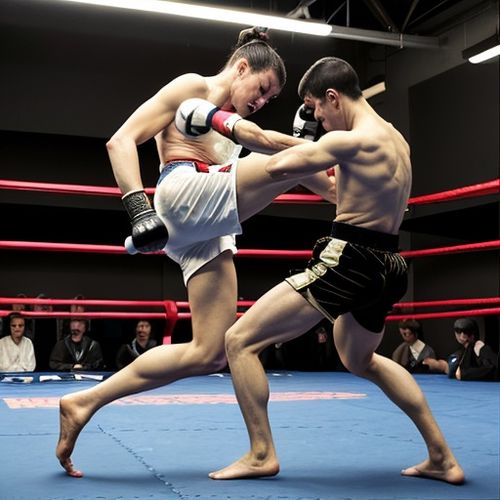
By Elizabeth Taylor/May 8, 2025
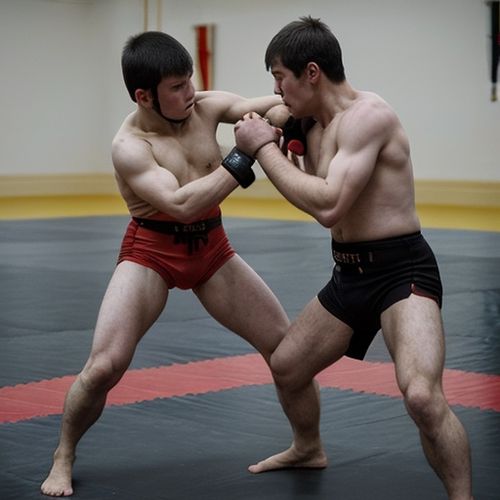
By Emily Johnson/May 8, 2025
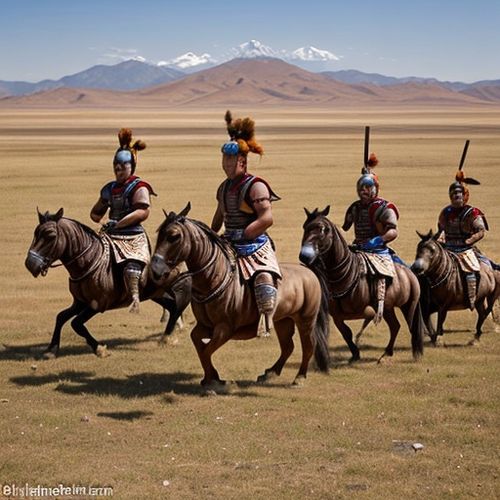
By James Moore/May 8, 2025
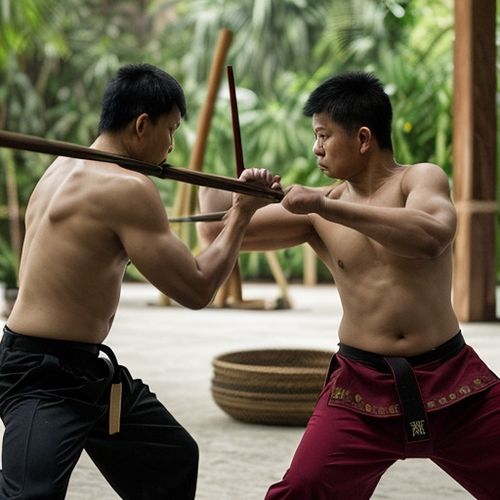
By Joshua Howard/May 8, 2025
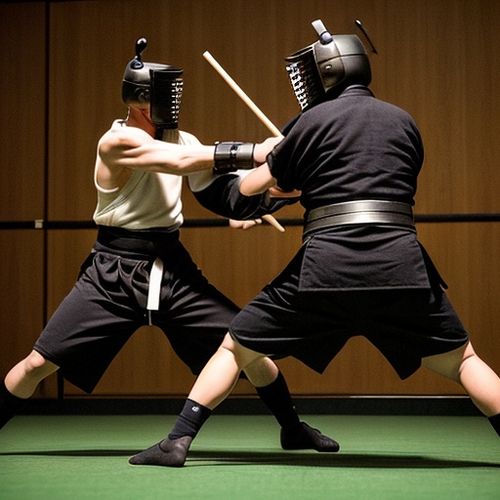
By Noah Bell/May 8, 2025
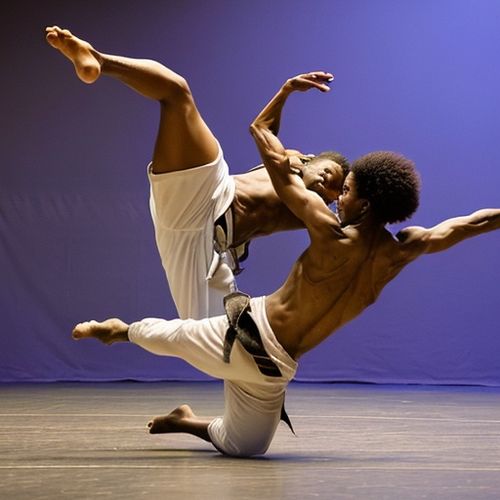
By Samuel Cooper/May 8, 2025
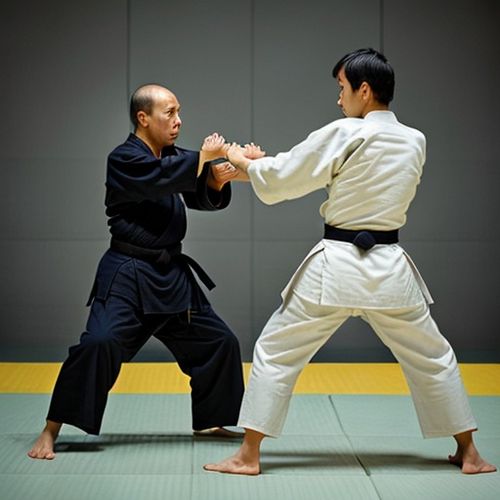
By Sophia Lewis/May 8, 2025
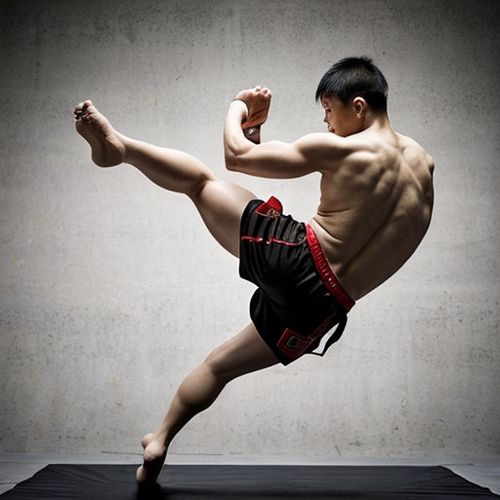
By Sophia Lewis/May 8, 2025
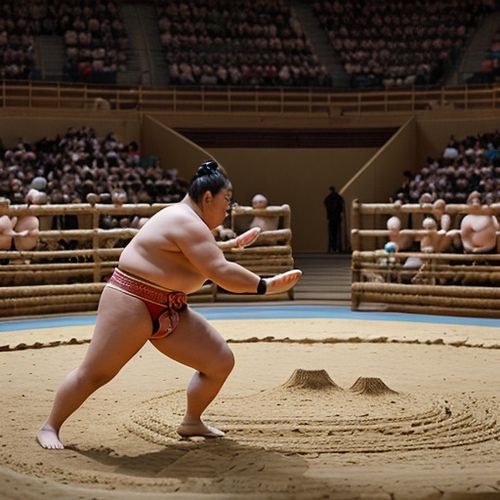
By Noah Bell/May 8, 2025

By Sophia Lewis/May 8, 2025
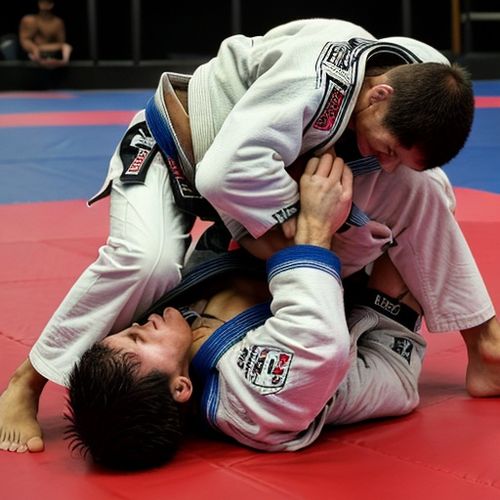
By Christopher Harris/May 8, 2025
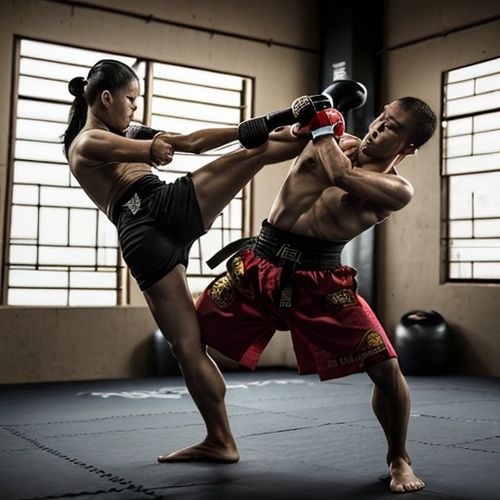
By Victoria Gonzalez/May 8, 2025
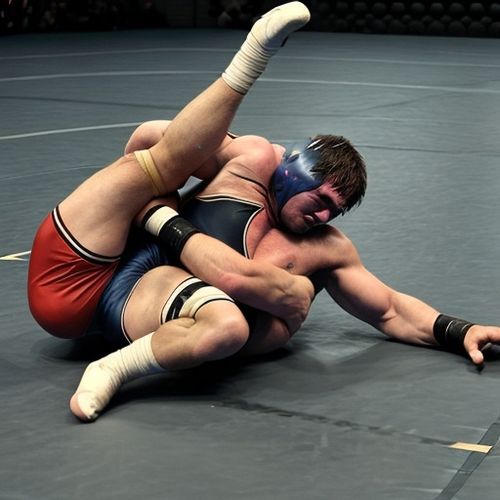
By Sarah Davis/May 8, 2025

By Joshua Howard/May 8, 2025
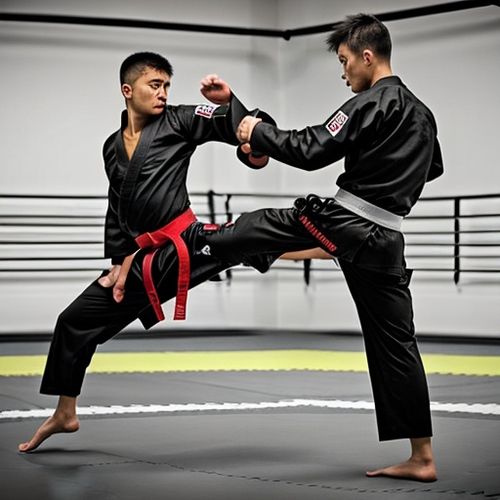
By Sarah Davis/May 8, 2025
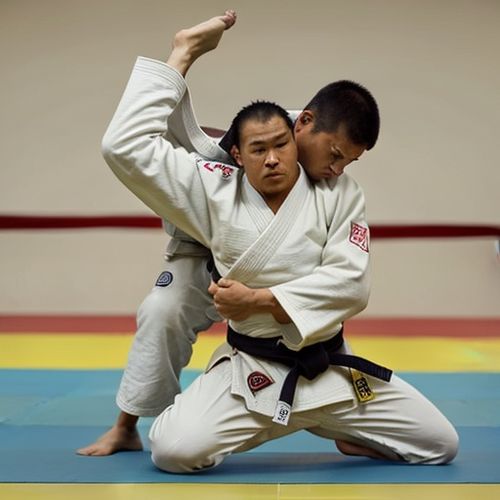
By Amanda Phillips/May 8, 2025
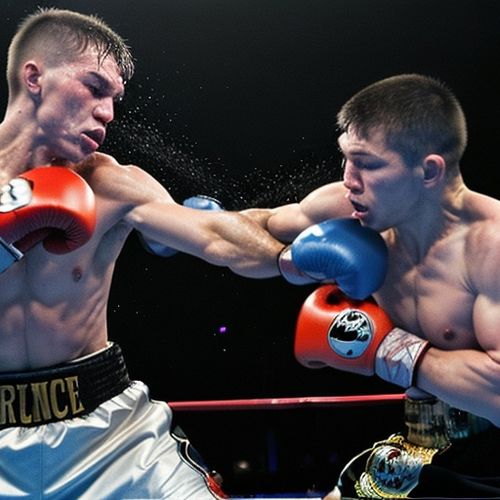
By Thomas Roberts/May 8, 2025

By Victoria Gonzalez/May 8, 2025

By Noah Bell/May 8, 2025